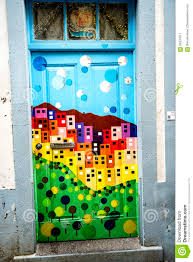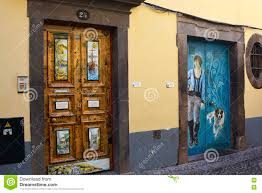
L.I – Explore the importance of fluency and expression when we read.
Starter Activity – Answer each of the Survey Monkey Questions.
-
Listen to Poem
Begin by reading Miroslav Holub’s poem The Door. Listen to these two contrasting performances:
https://www.youtube.com/watch?v=bazJvnuOLMM
https://www.bbc.co.uk/programmes/p011kx3r
2. Listen and Respond
Decide which reading you prefer and why and jot down your response in your jotter.
3. Answer the following (Jotter work or Seesaw)
Now make some notes on the poem:
- What did you like about the poem? What was your favourite line and why?
- How did the poem make you feel?
- Which line in the poem did you find the most interesting and why?
- Are there any parts of the poem that leave you with unanswered questions?
- What questions would you like to ask the poet, Miroslav Holub?

Extension
Decide how you would perform this out loud and have a go at performing at home.
- Why not use i-movie (or other media equivalent app) to record yourself and add musicand pictures to your project.




















